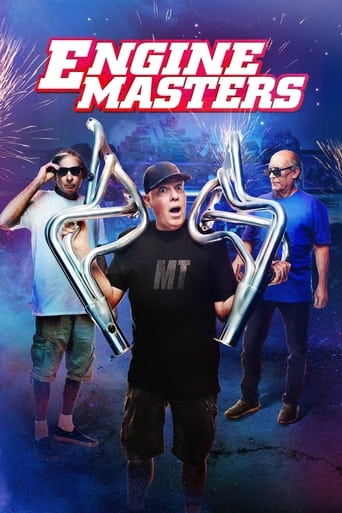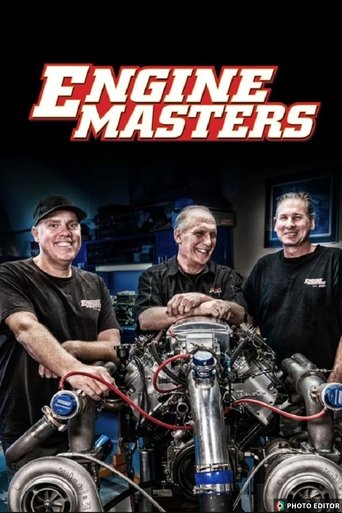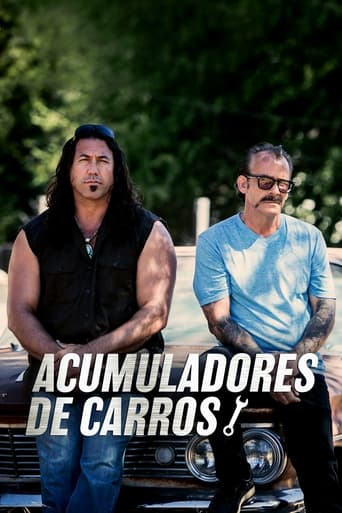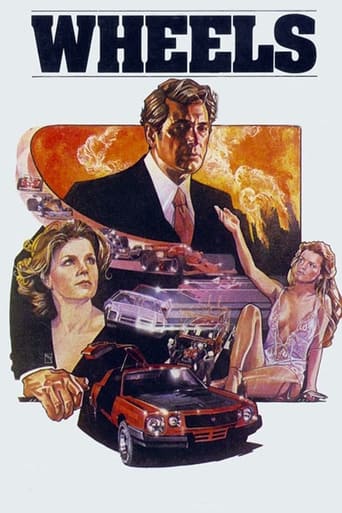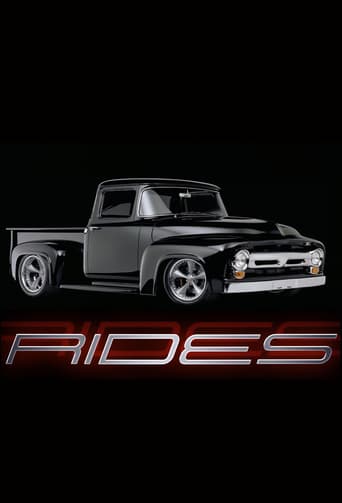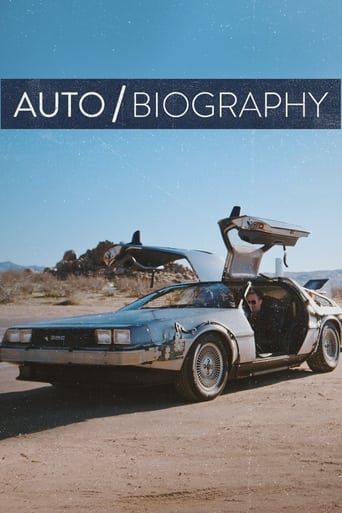With 30 Day Free Trial!
Engine Masters
2015 / TV-PG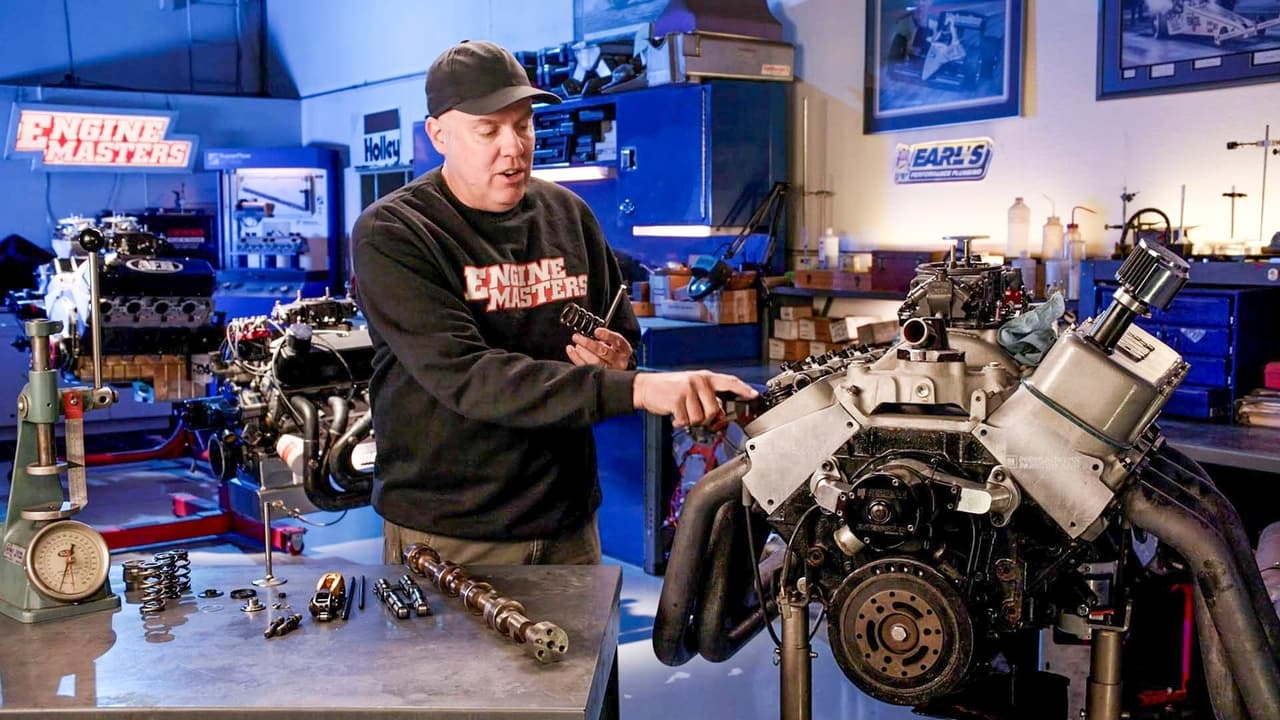
Auto parts testing and engine-to-engine shootouts.
Watch Trailer
With 30 Day Free Trial!
Engine Masters Season 3 Full Episode Guide
In the modern world of bulletproof bottom ends, boost has become the go-to for bolt-on power. But is it really the best way to get where you want to be? On this episode of Engine Masters presented by AMSOIL, David Freiburger, Steve Dulcich and Steve Brulé take a bone-stock 5.3 truck LS and test four different combos of built and boosted. Building off the baseline of the naturally aspirated motor, they pull big numbers with just an intercooled turbo setup. Next, they pull the turbo to build it N/A with heads, a cam, and an intake, and then finally hang the turbo back onto the newly built mill. The choice is up to you (and your budget), but the guys will give you all the data to decide where to spend your dough.
This episode of Engine Masters presented by AMSOIL is very personal to host David Freiburger, since it’s his own race engine that he handbuilt in the quest to get into the 200 MPH Club at El Mirage Dry Lake. Instead of the normal A/B testing on Engine Masters, this episode will focus on the details that make the engine optimized, specifically for the sustained wide-open throttle operation required for land speed racing. Plus, you’ll get to see a ProCharger make more than 1,000 horsepower on a 23-degree, 347ci small-block!
This time, our episode of Engine Masters presented by AMSOIL is for the purists. It’s for the ones who disputed our Episode 2 test with throttle-body injection (TBI) not being real electronic fuel injection (EFI). So we’re back and more serious than ever with a state-of-the-art 1,050-cfm multipoint EFI system facing off against the 750- and 1,000-cfm relics known as carburetors. Which will squirt the most power into our tried-and-true 383 Chevrolet? Find out here.
More myths shattered! For decades, street/strip racers have been told not to run nitrous-oxide injection on the most common dual-plane intake manifolds because “you’ll get fuel distribution problems.” But is it true? We’re here to find out on Engine Masters presented by AMSOIL, where this time we run the most popular intakes with a 175hp nitrous shot and analyze cylinder-to-cylinder air/fuel ratios to discover the facts. While we’re at it, we’ll find out which intake makes the most power on nitrous. See it all on this episode!
A junkyard Chevy LS engine with a turbo—it’s a dime-a-dozen concept these days, but how big can it go? To find out, Engine Masters went to the originator of the “Big Bang Theory” dyno test: Richard Holdener, who delivered the world a 1,200hp boosted 4.8L way back in 2011 in the pages of HOT ROD magazine. Holdener has brought many junkyard engines to a power-adder-assisted demise since then, and has found the connecting rods to be the weak spot. The Gen IV engines have better rods, so this time the victim is a 6.0L with a pair of BorgWarners on the way to 30 psi. Will it go or will it blow? Find out in jaw-dropping fashion on this episode of Engine Masters presented by AMSOIL.
Get ready for “no replacement for displacement” with a massive 598ci BluePrint Engines crate big-block Chevy! On this episode of Engine Masters presented by AMSOIL, we’re going to show you two completely different power combos, one for low-buck and massive street-ready low-end torque, and a second one for high-buck and high-rpm killer horsepower. Both of these setups proved super effective and we’d encourage you to duplicate them, but the episode also addresses the age-old questions about torque versus horsepower and how they are affected by parts selection and rpm—as well as how they might need to be set up in a car. And by the way, we LOVE this engine!
You asked and we're here to answer! On this episode of Engine Masters presented by AMSOIL, we take our small-block Chevy 383 and show, piece by piece, how much power your water pump kills. We move from an electric pump to mechanical with all kinds of cooling tricks to show you just how little it matters. We even throw on an alternator under load just to drive the point home. Engine Masters is supported by Summit Racing Equipment, Holley/MSD, Earls Vapor Guard Hose, and Mr. Gasket.
There is no hotter engine package these days than the turbocharged GM LS-Series V-8. Many people have proven that you can pull a 4.8L or 5.3L straight out of a junkyard and boost it to the moon and make 1,000 hp—but what if you’re a little more conservative and want to have huge power but also reliability from an engine you can drive every day on pump gas? That’s what you’ll learn about on this episode of Engine Masters presented by AMSOIL. We’ll show you where we spent the money and where we saved it, and why we chose some lower-power components in favor of budget and reliability as we make incredible power from a 5.3L with a single turbo, 91-octane fuel, and stock cylinder heads.
It’s back to basics this time on this episode of Engine Masters presented by AMSOIL, with a comparison of dual-plane versus single-plane intake manifolds. While the intakes used here are typical for any carbureted V-8, the lessons about how the length of the intake runners affects the shape of the power curve apply to any four-stroke engine. So are you into low-end grunt, or top-rpm horsepower? And how much of one are you willing to sacrifice to get the other? This episode will help you answer those questions. Engine Masters is supported by MSD, Holley, Permatex, Auto Meter, and Summit Racing!
On this episode of Engine Masters presented by AMSOIL, we explain how oil kills power—because it’s not about synthetic versus regular oil and not about a brand-to-brand comparison, but about windage and oil-pan design. We take a 700hp big-block Chevy and show you how too much oil can kill 20 hp, and you’ll also see gains when we go from a stock-design pan to a Milodon drag-racing oil pan. We are thankful for Engine Masters’ sponsors Permatex (for no oil leaks!), Auto Meter (to check oil pressure), Mr. Gasket (to keep the oil inside), Earls (for AN oil lines and more), and Summit Racing Equipment (where you can buy it all).
This time on Engine Masters presented by AMSOIL, it’s a horsepower battle with the world’s most popular classic V-8s: the Chevy small-block versus the Ford Windsor. Using rebuilt short-blocks and parts packages from SummitRacing.com, the Engine Masters team built two engines as equally as possible, using a Chevy 350 and a Ford 351 with Holley carburetors, Edelbrock RPM Air Gap intakes, Air Flow Research 195 heads, Comp Cams hydraulic roller cams, and 13/4-inch-tube headers. Will one small-block make more power than the other based on inherent design superiority? The dyno is here to find out. Engine Masters is supported by Mr. Gasket, Earl’s Vapor Guard, Auto Meter, Summit Racing, and Permatex.
On this episode of Engine Masters presented by AMSOIL, we test the power differences between 118-octane race gas and Rockett Brand E85 ethanol-blended fuel. There’s a lot more to just the horsepower curve, though, as we test Holley’s out-of-the-box carburetor tunes, discuss other tuning differences, and go over a long list of other considerations you should make if you’re planning a changeover to E85. While the ethanol blend can be used for a variety of different engine designs, the test here focuses on a naturally aspirated, high-compression engine making 750 horsepower. Can you drive an engine like this on the street with E85 and save money on fuel? Find out on this episode of Engine Masters, which is supported by Earl’s Vapor Guard hose (specifically made to endure ethanol fuels), Mr. Gasket, Auto Meter, Permatex, and Summit Racing.
Free Trial Channels
Seasons


